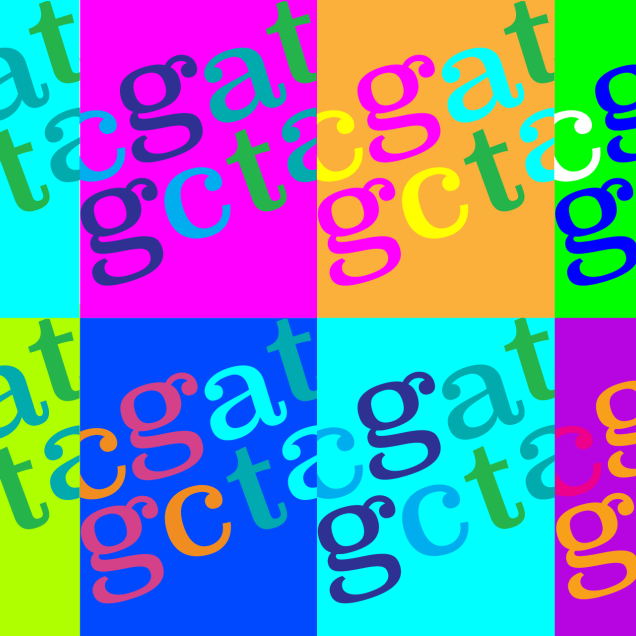Unsung cellular heroes
Whitehead Institute researchers are uncovering the functions of cellular components once thought to be of little consequence, or even harmful to cells.

The insides of our cells are as alive with activity as a bustling city. From the DNA that holds the permitting and building instructions, to the workhorse proteins that carry out everyday maintenance and operation, the more that researchers learn about what each part does and how it does it, the better they understand how our bodies work—as well as what might be going awry in the case of disease.
The functions of many parts of our cells have been well understood for years or decades. However, some have gained a reputation for serving little or no purpose, or even for being harmful to the cell, like a steep, unpaved sideroad. Whitehead Institute researchers have given some of these supposedly useless parts a second look, using new techniques and approaches or considering them from a new angle, and discovered that some serve important, unrecognized functions. To learn more about the previously underappreciated roles that these cellular components play in our biology, read through the series below.
Read our cartoon explainer on repetitive DNA, sequences that can appear like a clip stuck on replay, to learn about what these monotonous sequences are, and then learn about what Whitehead Institute researchers have found that they can do. Then discover the powerful voice of a supposedly silent chromosome, how researchers sifted through the white noise of genomic data until they could pick out notes cluing them into the genetic factors of opioid use disorder, and the story of how an alleged genetic parasite turned out to be an unsung hero preserving fruit fly fertility.




